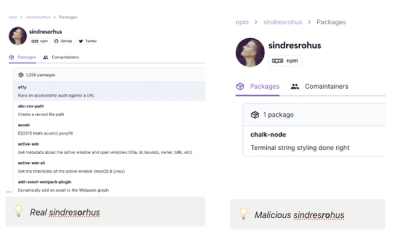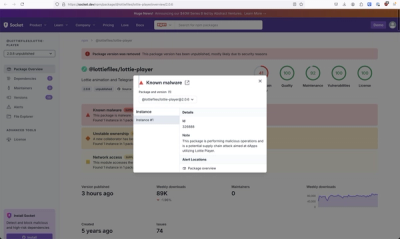Storybook for web-components
Storybook for web-components is a UI development environment for your plain web-component snippets.
With it, you can visualize different states of your UI components and develop them interactively.

Storybook runs outside of your app.
So you can develop UI components in isolation without worrying about app specific dependencies and requirements.
Getting Started
cd my-app
npx storybook init -t web_components
For more information visit: storybook.js.org
Storybook also comes with a lot of addons and a great API to customize as you wish.
You can also build a static version of your storybook and deploy it anywhere you want.
Hot Module Reloading (HMR)
As web components register on a global registry which only accepts a certain name/class once it can lead to errors when using classical HMR. There are ideas on how to archive HMR with a static registry but there is no proven solution yet. Therefore the best approach for now is to do full page reloads. If you keep your stories to specific states of components (which we would recommend anyways) this usually means it is fast.
Setup es6/7 dependencies
By default storybook only works with precompiled ES5 code but as most web components themselves and their libs are distributed as ES2017 you will need to manually mark those packages as "needs transpilation".
For example if you have a library called my-library which is in ES2017 then you can add it like so
export default {
webpackFinal: async (config) => {
const webComponentsRule = config.module.rules.find(
(rule) => rule.use && rule.use.options && rule.use.options.babelrc === false
);
webComponentsRule.test.push(new RegExp(`node_modules(\\/|\\\\)my-library(.*)\\.js$`));
return config;
},
};
By default the following folders are included
src/*.jspackages/*/src/*.jsnode_modules/lit-html/*.jsnode_modules/lit-element/*.jsnode_modules/@open-wc/*.jsnode_modules/@polymer/*.jsnode_modules/@vaadin/*.js
As you can see the src folder is also included.
The reason for that is as it has some extra configuration to allow for example import.meta.
If you use a different folder you will need to make sure webpack/babel can handle it.
FAQ
- While working on my component I get the error
Failed to execute 'define' on 'CustomElementRegistry': the name "..." has already been used with this registry
=> please see Setup page reload via HMR




